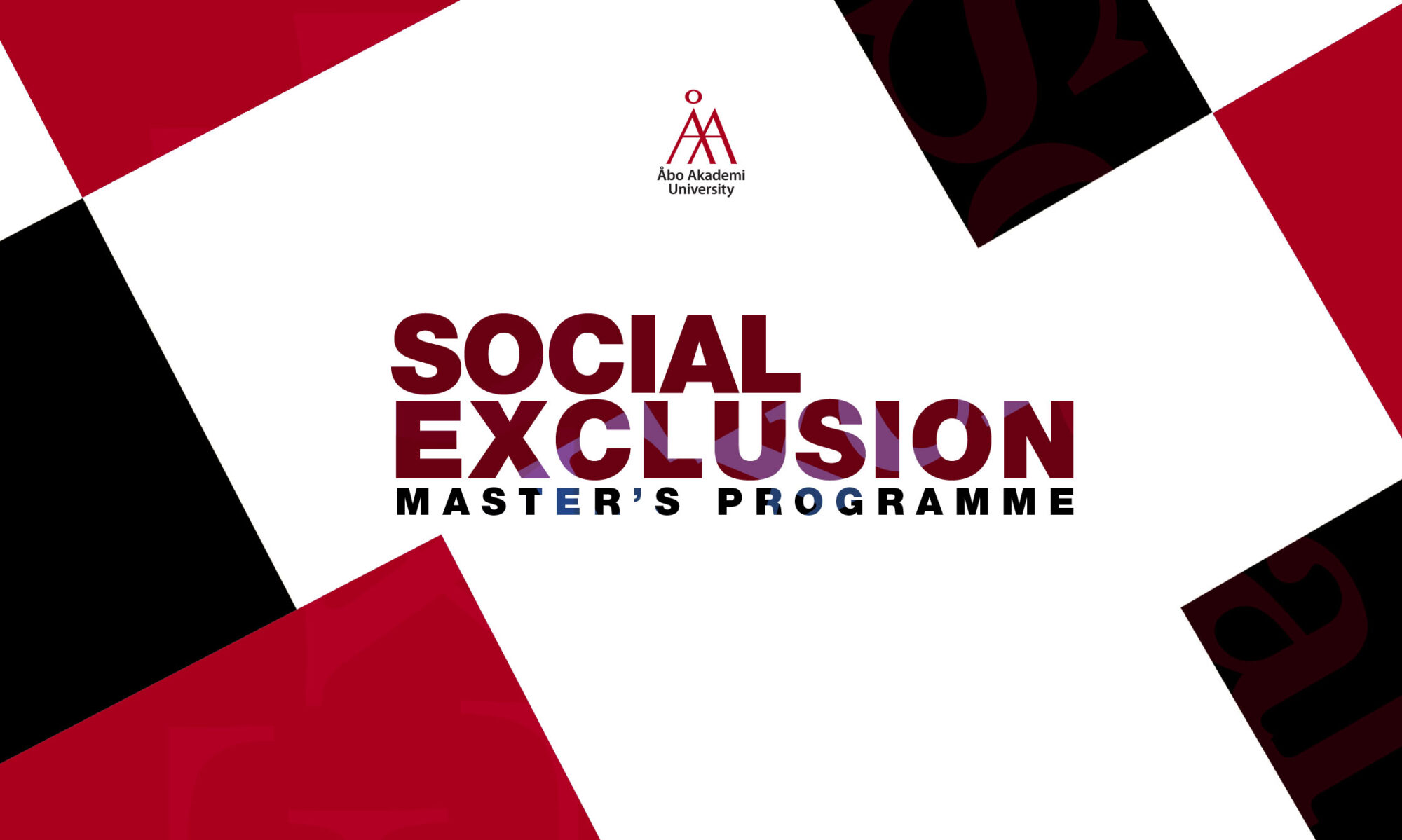Written by Elna-Annina Kanerva
Two main matters should be focused on: the effectiveness of integration practices – mainly through the housing policies of Helsinki city – and the exclusionary behaviour these people face when they try to break free from this kind of “circle” many feel stuck in. I think these matters should be focused on because they both seem to have a critical role in maintaining the vicious circle mentioned previously. The city’s housing practices contribute to the formation of closed communities, and the exclusionary behaviour discourages people from breaking free from them.
So why do we need to solve this issue and stop this development? Why is it such a bad thing?
It is important to remember that immigrant families living in the same neighbourhood aren’t a problem, but this systematic concentration of immigrants is harmful and a form of segregation. Having other immigrants with the same kind of background creates a feeling of safety and belonging to many, which isn’t bad. There are both negative and positive aspects to the formation of these clusters. Clustering hurts integration; in clusters, immigrants can have fewer opportunities and motivation to learn a new language, and ethnic clusters tend to get stigmatised (which is happening in Helsinki).[1] The segregation, stigmatization, and low-quality housing are shown to impact immigrants’ physical and mental well-being negatively.[2]
This pattern in housing policies can’t continue; however, completely separating those with immigrant roots from one another and removing their safety nets isn’t beneficial either. Concentrating on the same areas can enable minorities to maintain their language and cultural heritage and provide a feeling of security. We do not want these people to lose their sense of security.[3]
As a concluding answer to this question: this development needs to be stopped since it’s proven to have more negative than positive impacts; however, completely separating immigrants from one another and thereby splitting communities also isn’t a good solution.
A good solution could therefore be to change the housing policies of the city of Helsinki simply. The city does have dwellings elsewhere; it just needs to be more persistent in locating people with different backgrounds into a variety of different neighbourhoods. At this moment, there aren’t clear instructions by which city officials decide on where to locate people. City officials describe the logic behind the decisions as a notion of “common sense”. In this context, “common sense” could mean not locating many big families in the same building and spreading people with similar ethnic or cultural backgrounds into more expansive areas. However, trusting city officials to make arbitrary decisions on where to allocate families isn’t very sustainable, which we have seen in eastern Helsinki. Therefore, there must be clear policies and instructions on how council housing should be distributed and how allocating too many people with the same backgrounds into the same areas should be avoided. Policies such as these are likely to significantly impact the geographical division of people in need of housing.[4]
The avoidance of ethnic clustering can naturally help the integration process since it would force those of immigrant background to maybe form connections to the so-called native population. It could also contribute to immigrants meeting Finns who represent a variety of socioeconomic backgrounds and so-called “normal” families, and therefore widen their perception of the native population. However, integration is a two-way process. It is up to the native population to make sure that immigrants don’t have to fear harassment and racism outside their communities and homes. Having to face discriminatory behavior shouldn’t be something people expect or take for granted.[5]
———————————————————————————————–
[1] Article: Housing policy and the ethnic mix in Helsinki, Finland: perceptions of city officials and Somali immigrants (Hanna Dahlmann, Katja Vilkama)
[2] Article: Residential mobility, mental health, and community violence exposure among Somali refugees and immigrants in North America (Sarah Gillespie, Emma Cardeli, Georgios Sideridis, Osob Issa, B. Heidi Ellis)
[3] Article: Housing policy and the ethnic mix in Helsinki, Finland: perceptions of city officials and Somali immigrants (Hanna Dahlmann, Katja Vilkama)
[4] Article: Housing policy and the ethnic mix in Helsinki, Finland: perceptions of city officials and Somali immigrants (Hanna Dahlmann, Katja Vilkama)
[5] Article: Phenomenology of Exclusion: Capturing the Everyday Thresholds of Belonging (Annika Lems)

